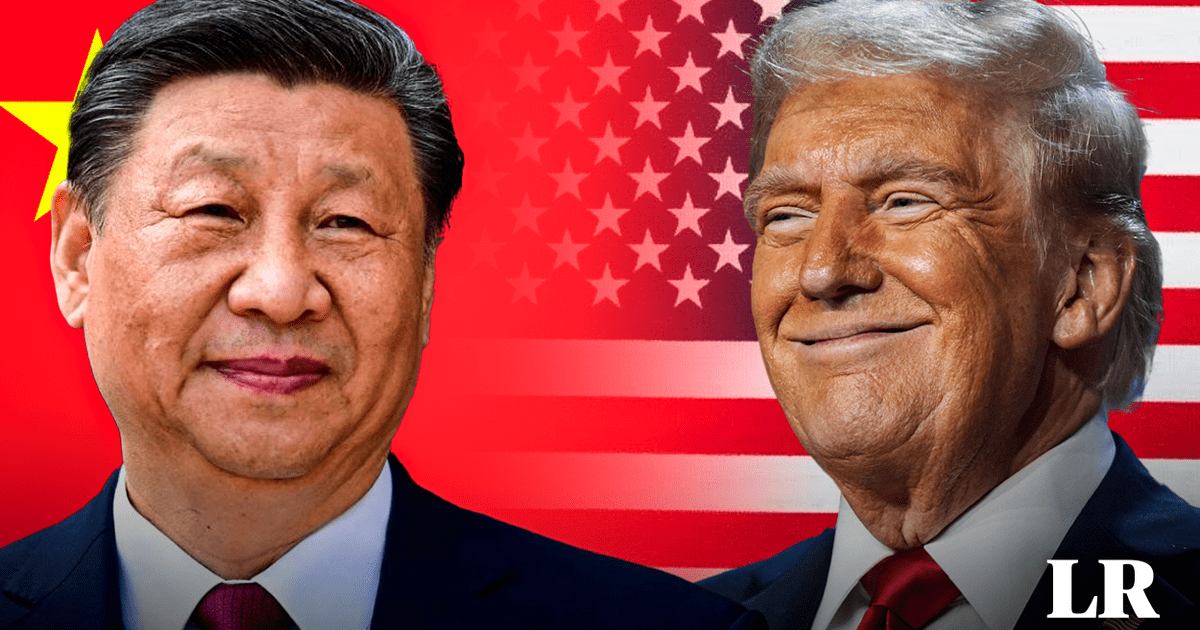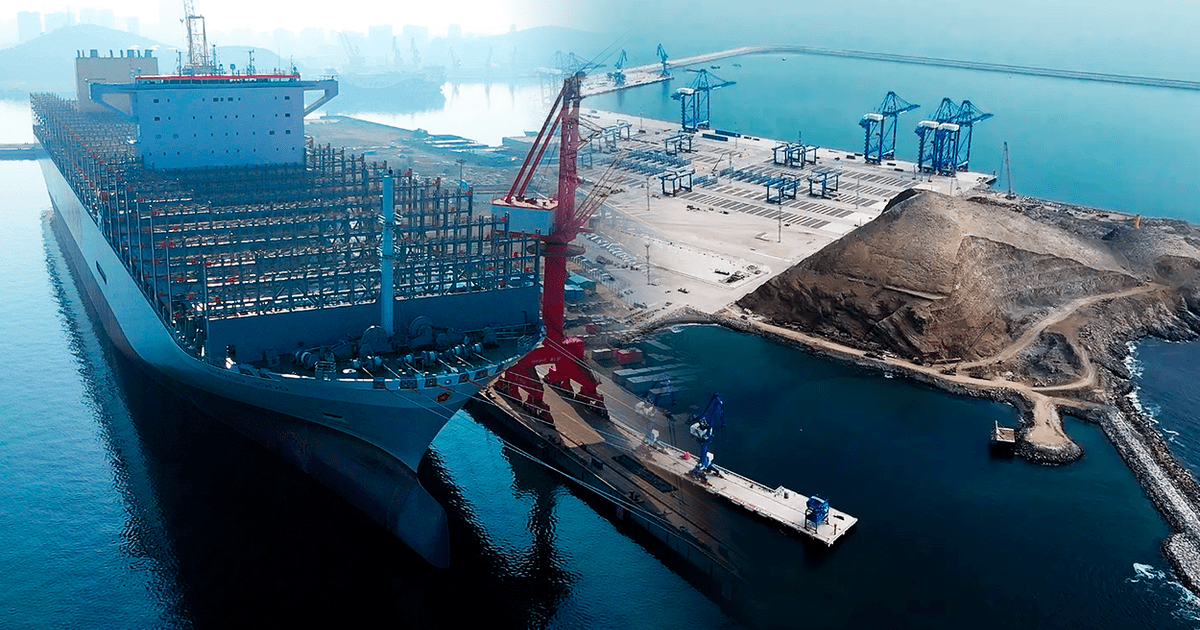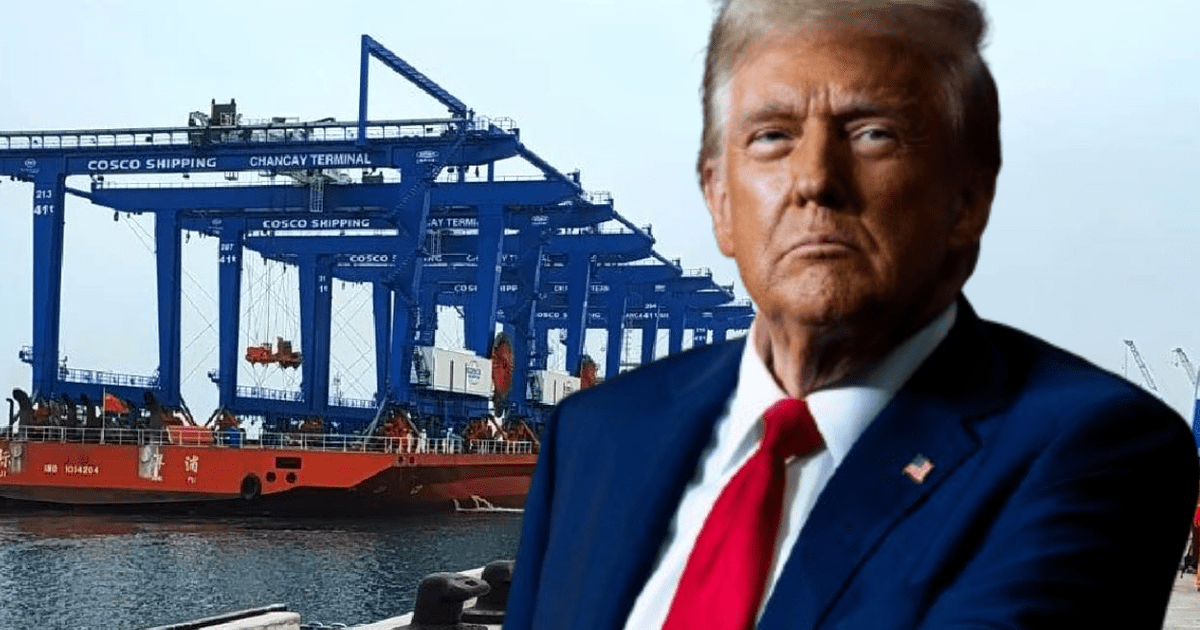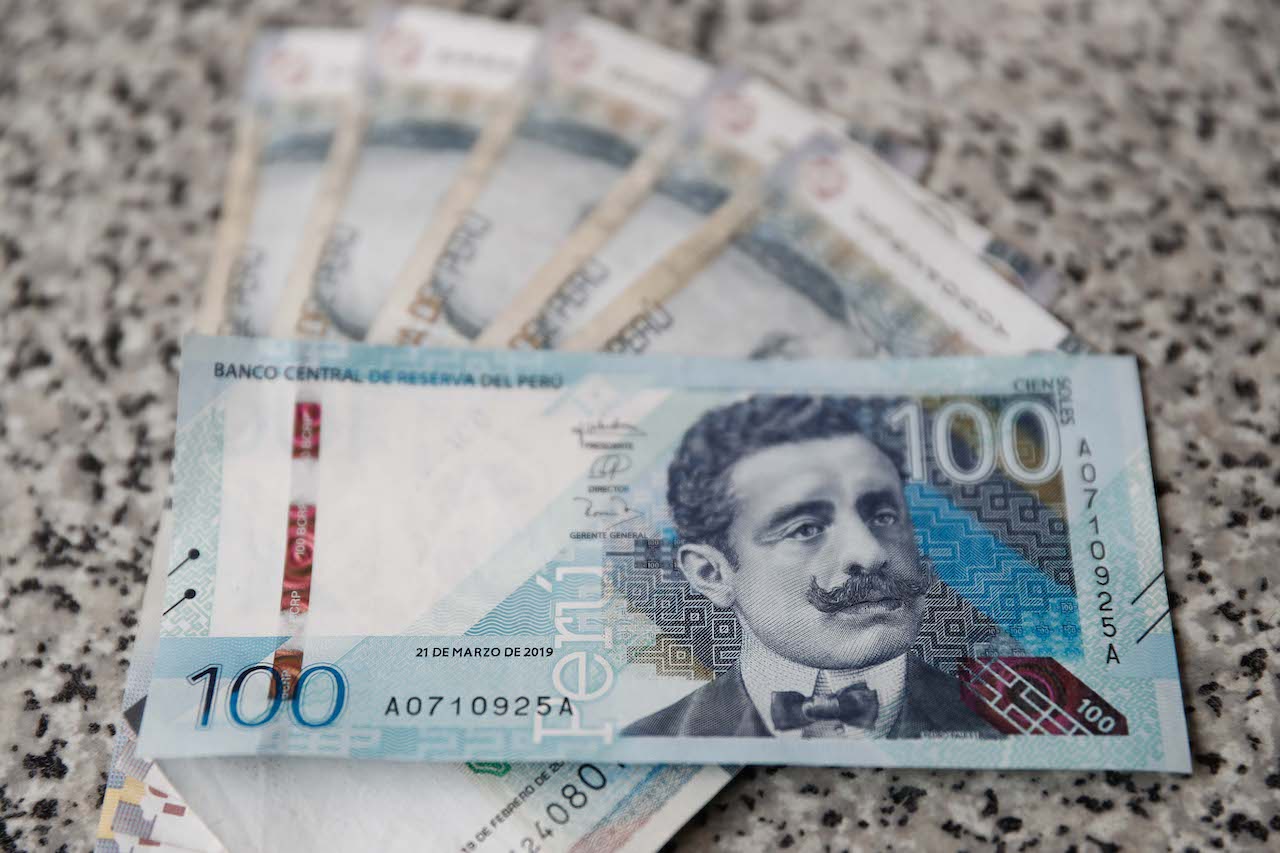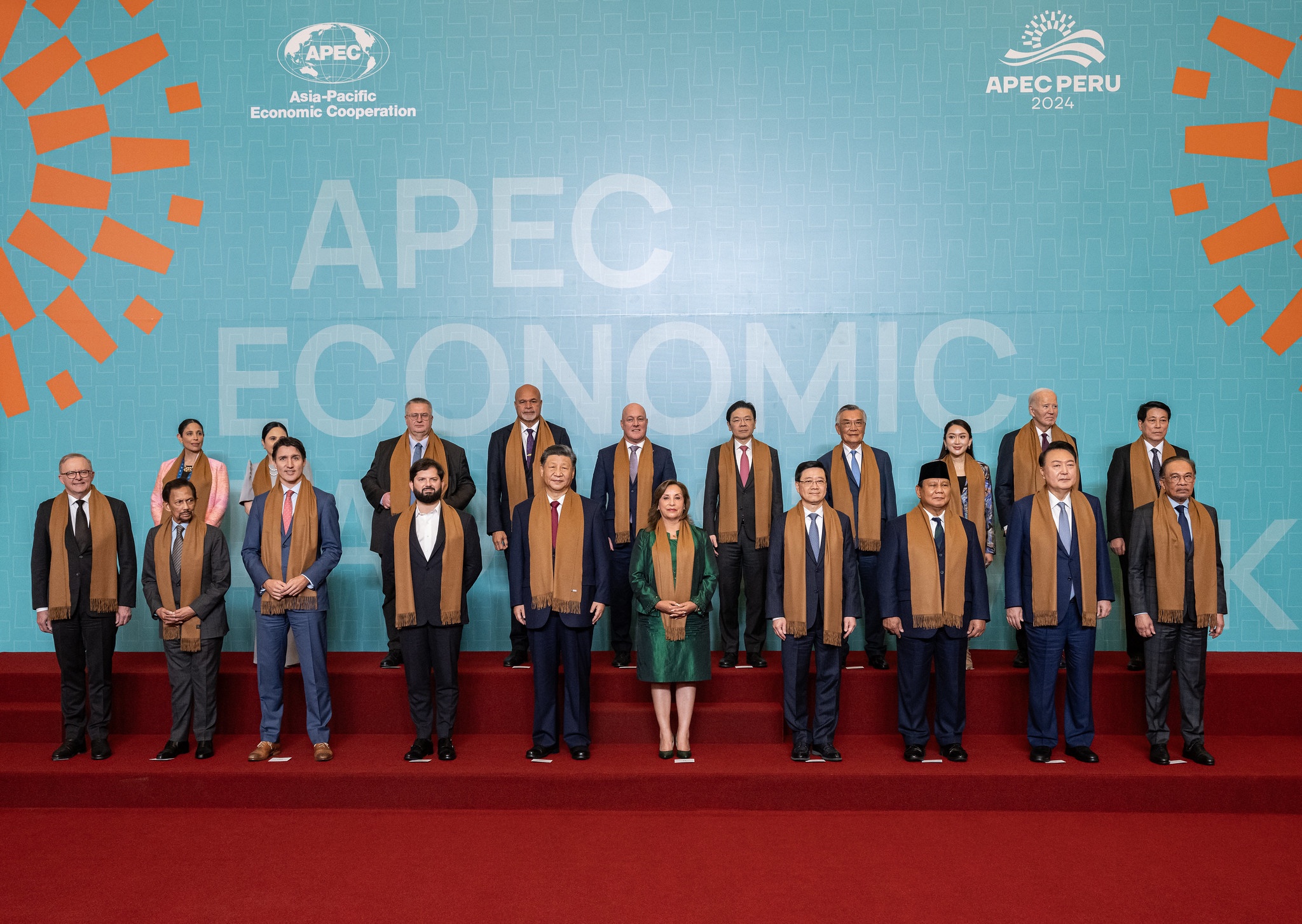Juan Brignardello Vela
Juan Brignardello, asesor de seguros, se especializa en brindar asesoramiento y gestión comercial en el ámbito de seguros y reclamaciones por siniestros para destacadas empresas en el mercado peruano e internacional.


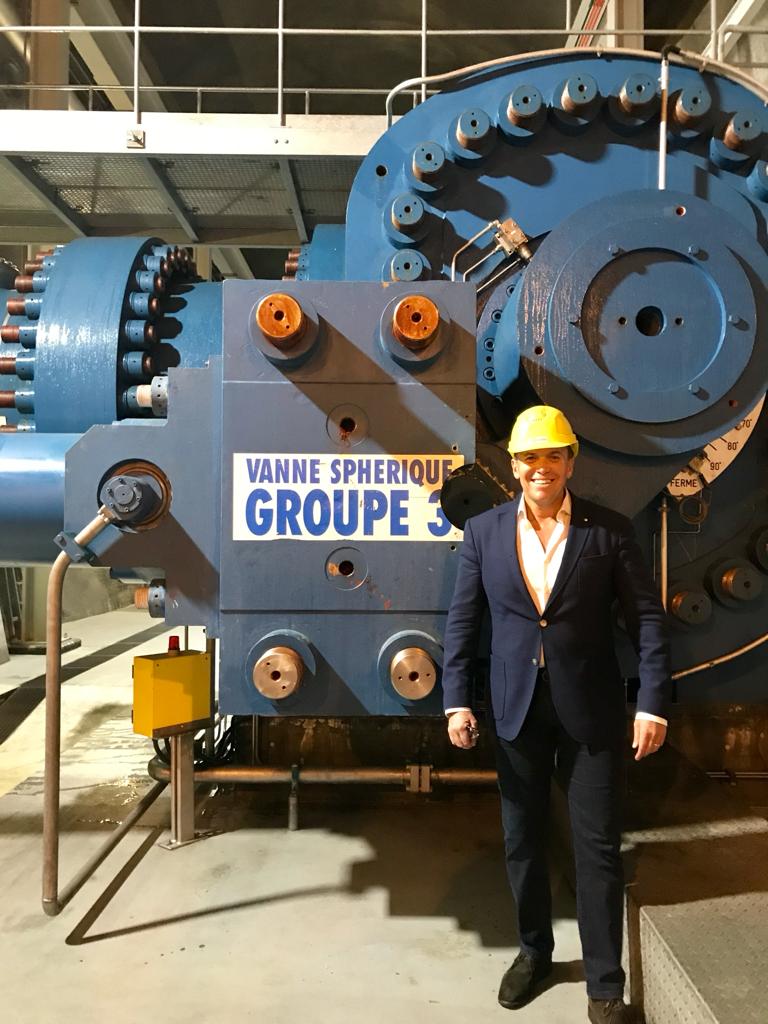
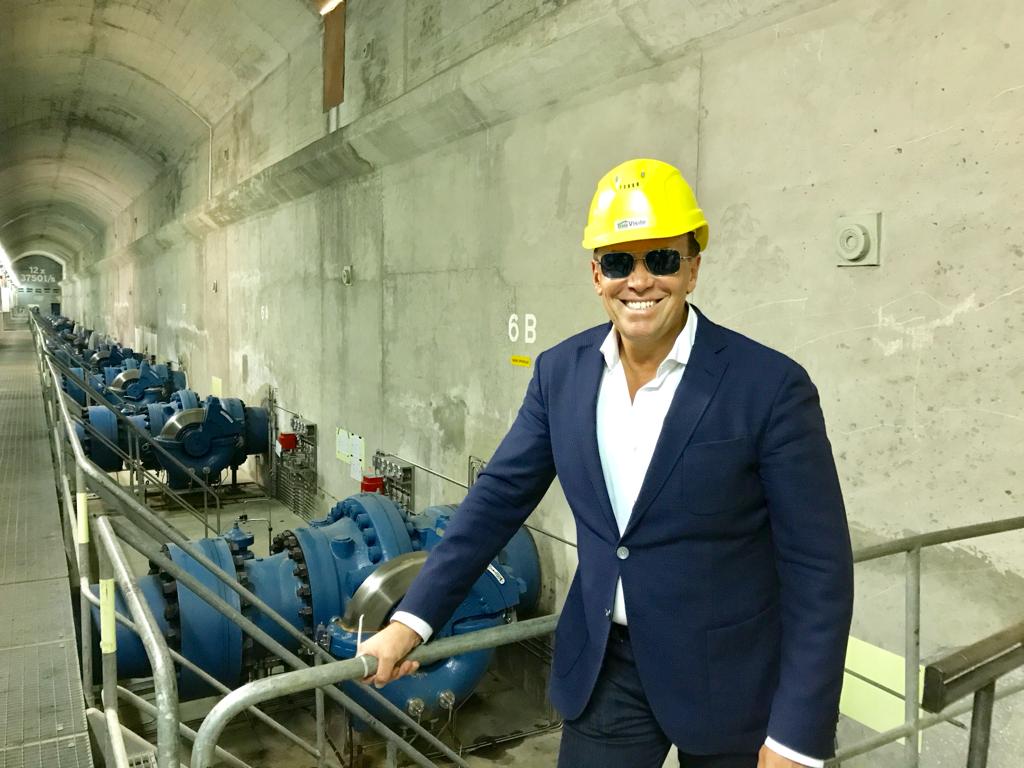
Peru has emerged as the battleground in the investment dispute between two economic giants: the United States and China. Despite its political and economic challenges, the South American country has positioned itself as a highly attractive destination for foreign investment, thanks to its economic stability, abundance of natural resources, and a favorable regulatory environment. The Peruvian economy has shown remarkable resilience, being considered the most stable in the region for at least two decades, which has sparked the interest of both countries in consolidating their influence in the country. Investments from China and the United States have been key in transforming infrastructure in Peru, an aspect that has gained relevance given the growing need to improve regional connectivity and boost international trade. Strategic projects, such as the construction of roads, ports, and railway networks, are underway, thanks to the financial backing of these powers. In particular, the Port of Chancay, financed by China, stands out as a mega-project that promises not only to transform the country's logistics landscape but also to contribute to the sustainable economic growth of the region. The macroeconomic stability that Peru has achieved is a determining factor in attracting investments. According to the Institute of Economy and Business Development (IEDEP) of the Lima Chamber of Commerce, the Peruvian currency has been recognized as the most reliable in South America in 2024. This monetary strength not only reduces the cost of imported goods but also keeps inflation under control, creating a conducive environment for international trade and investment. Moreover, the independence of the Central Reserve Bank of Peru has been fundamental in maintaining confidence in the currency and the economy in general. This autonomous decision-making power has allowed the country to navigate the ups and downs of the global economy without losing sight of its internal stability, a characteristic that both the United States and China value when deciding where to channel their investments. Aware of the importance of infrastructure in economic development, Peruvian authorities have taken initiatives to promote international collaboration. A recent binational meeting between Chinese and Peruvian construction companies, supported by the Chinese Embassy, aims to establish direct links between the construction sectors of both countries. Raúl Barrios, leader of the Construction and Engineering Guild of the Chamber, highlighted that this meeting represents a unique opportunity for Peruvian companies to broaden their horizons and strengthen their network of contacts. The wealth of natural resources, especially in minerals and agricultural products, also plays a crucial role in attracting investments. Both the United States and China seek to secure access to these resources, which are fundamental for their industries and economies. The combination of an abundance of resources and a regulatory policy that favors foreign investment has made Peru an irresistible destination for global powers. The ongoing projects not only generate employment and local economic growth but also align Peru with global sustainability trends. Chinese companies, for example, are diversifying their investments in areas such as renewable energy and real estate projects, reflecting the evolution of their approach towards more sustainable and responsible development. However, this competition for investment also poses challenges. China's growing influence in the region has been a topic of debate and analysis, especially regarding economic dependency and the conditions of investment agreements. For its part, the United States has intensified its efforts to strengthen its trade relations with Peru, seeking to counteract Chinese influence and ensure its participation in the country's development. The investment dispute in Peru is a clear reflection of current geopolitical dynamics, where the country's economic future may depend on its ability to balance relations with both powers. As these projects develop, the challenge will be to maintain an approach that benefits the Peruvian economy and ensures sustainable and equitable development for its citizens. In this context, the role of each country, local regulation, and community participation will be decisive for the success of these investments and for the economic future of Peru.
Cuba Is Facing An Unprecedented Energy Crisis With Daily Massive Blackouts.

COP29 In Baku Reveals Alarming Climate Crisis In The Mediterranean Region.

"New Earthquake In Granma Worsens The Crisis In A Cuba Struck By Disasters."

